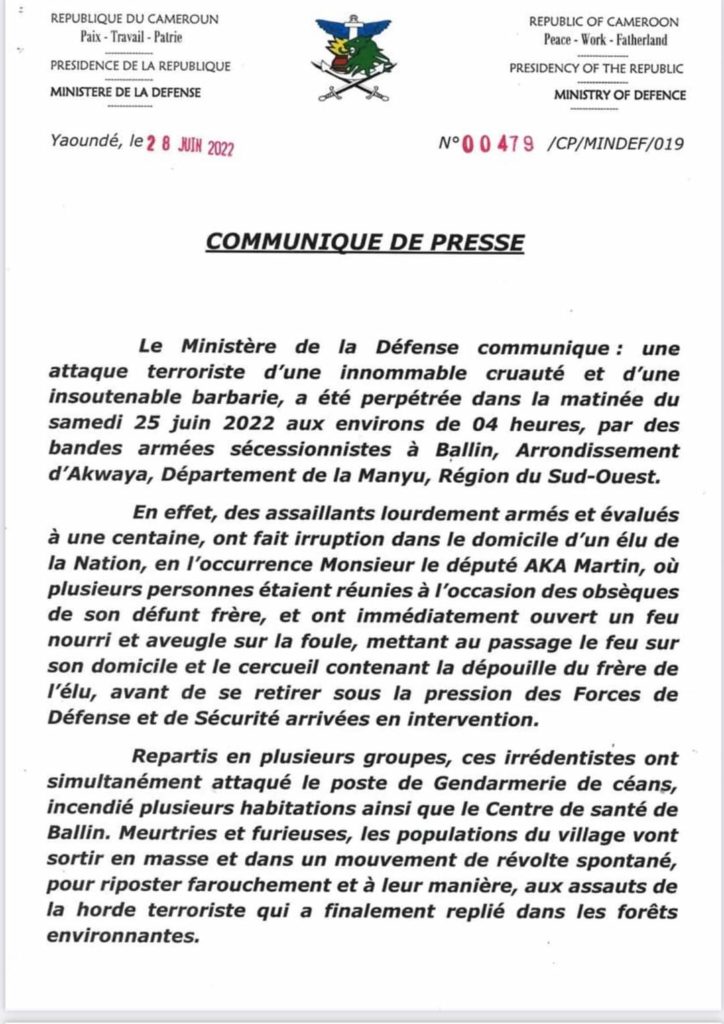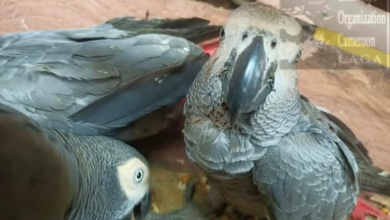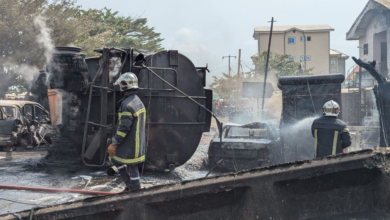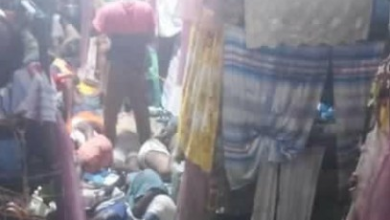Mindef says Separatists kill 32 in Messaga, Akwaya

The attack last weekend in Messaga village, Akwaya subdivision, South West region, led to the death of 32 people, several others injured and properties destroyed.
The Moderator of the PCC, Rt Rev Fonki Samuel said in a statement that perpetrators must be arrested and made to face charges.
He wondered why two communities Oliti and Messaga will fight each other forgetting the historical relationship that has always been fraternal.


A communique from the ministry of defence says the attack on Saturday June 25, 2022 was carried out by about 100 Ambazonia fighters.
The Communication Director at the ministry, Col Atonfack Cyrille said the attackers targeted the residence of Member of Parliament, Aka Martin.
Mourners present during a wake service of the late brother of the MP, were attacked and killed. The corpse set on fire, the hospital in Ballin also set on fire, he said.
The Separatists have also claimed that the village was attacked by government forces accusing the villagers of keeping Separatists in the community.
But the Moderator was clear in his outing, the Oliti and Messaga have had a land dispute which is seen as the crux of the attacks.




